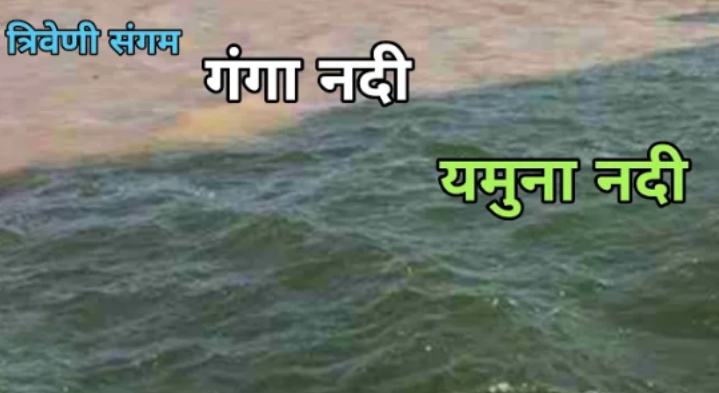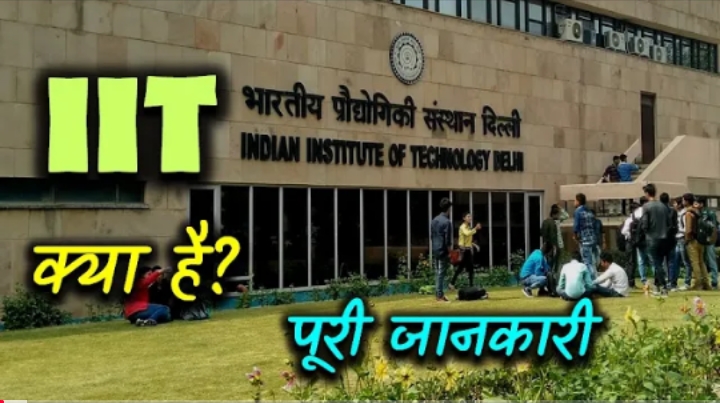Has Faith of Devotees Been Betrayed at the Mahakumbh?
The Mahakumbh Mela is considered the largest religious gathering in the world, where millions of people come with deep faith to take a holy dip in the Ganga River. But this time, did the government betray the profound faith of the devotees? Recent reports have revealed shocking facts, not only exposing the government’s failure but also showing attempts to conceal the truth.
Religious Significance of the Ganga
In Hinduism, the Ganga River is revered as a mother figure, often called “Ganga Maiya.” Devotees believe that bathing in its waters cleanses them of their sins. During the Mahakumbh, held every 12 years, millions gather to perform this sacred ritual. But the question arises — was the water truly pure and clean, or were people kept in the dark?
Government’s Cleanliness Claims
The government claimed that the Ganga’s water was entirely safe for both bathing and drinking during the Mahakumbh. Uttar Pradesh Chief Minister Yogi Adityanath even stated that the water at the Sangam was fit for drinking. But how accurate were these claims?
What Does the CPCB Report Say?
The Central Pollution Control Board (CPCB), a government agency, contradicted these claims.
BOD (Biological Oxygen Demand)
BOD measures the amount of oxygen needed to break down organic waste in water.
- Drinking water should have a BOD level below 1 mg/L.
2. Bathing water should have a BOD level below 3 mg/L.
On January 13, 2025, the BOD level at the Sangam was 3.94 mg/L, exceeding the safe limit.
By January 16, it had risen to 5.09 mg/L.
Presence of Fecal Coliform Bacteria
Another key indicator of water quality is fecal coliform bacteria, found in human and animal waste.
- Safe bathing water should have less than 2,500 MPN/100ml of fecal coliform bacteria.
2. On January 20, the level at the Sangam was 49,000 MPN/100ml, 20 times the permissible limit.
Real Cleaning or Just a Show?
According to the CPCB report, the government released fresh water into the river several times to dilute the pollution. However, this was only a temporary measure, not a real solution.
NGT’s Reprimand
The National Green Tribunal (NGT) criticized the Uttar Pradesh Pollution Control Board (UPPCB) for submitting outdated reports and failing to provide fecal coliform data.
Ajay Sonkar’s Controversial Research
The government cited research claiming that the Ganga’s water contains 1,100 types of bacteriophages that kill harmful bacteria. However, this research hasn’t been published anywhere, raising doubts about its authenticity.
Corruption Allegations
In 2014, Prime Minister Narendra Modi launched the Namami Gange project, allocating ₹400 billion to clean the Ganga. Yet, despite this massive budget, the river’s condition remains largely unchanged.
Health Risks
Bathing in polluted water has caused skin diseases, diarrhea, typhoid, and hepatitis among many devotees. Doctors at Delhi’s Indraprastha Apollo Hospital reported several cases of vomiting, fever, and diarrhea among those returning from the Mahakumbh.
When Will the Ganga Be Clean?
The government initially set 2020 as the deadline for cleaning the Ganga, later extending it to 2022, and now to 2026. But given the current situation, even this target seems unlikely.
Conclusion
The Ganga River symbolizes India’s culture and faith. Betraying the faith of millions is not only shameful but also a threat to public health. The government must address this issue seriously and focus on solutions rather than covering up the truth.
If you found this information important, share it widely to bring the truth to light. Keeping the Ganga clean is our moral and religious duty.














